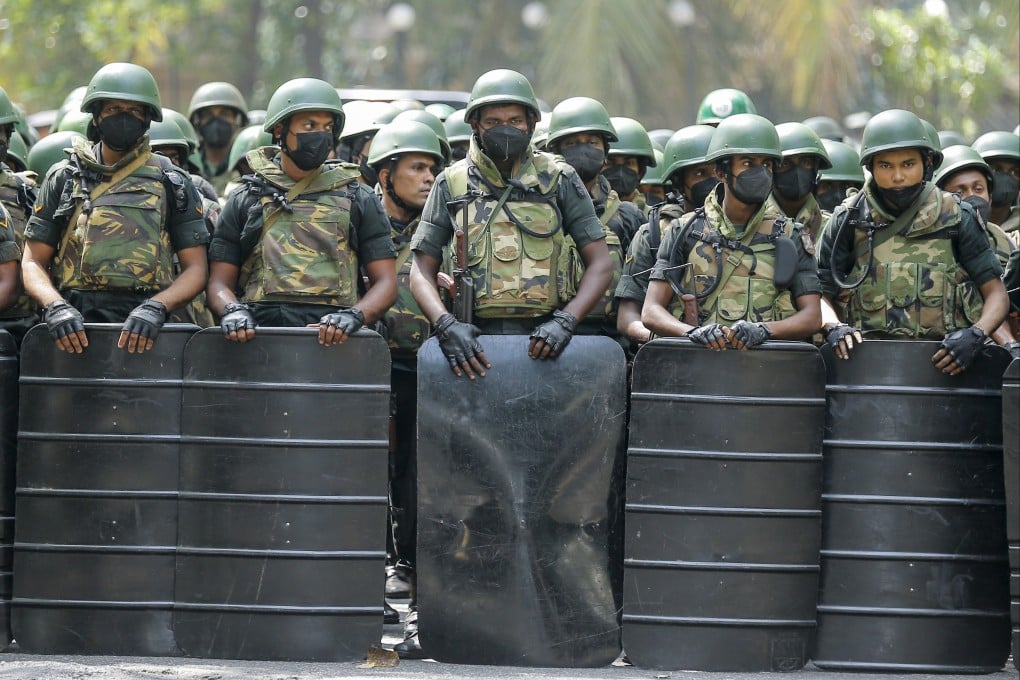Advertisement
Macroscope | Sri Lanka may be turning a corner with IMF bailout but difficult reforms lie ahead
- To secure the bailout, the government is having to pursue economic reforms and tighten purse strings when inflation and recession are already making lives difficult
- Yet reforms are necessary to restore – and restore confidence in – the economy in the long term
Reading Time:3 minutes
Why you can trust SCMP
1

Sri Lanka remains in the throes of an economic crisis, but there are signs of a silver lining and a possibility the island-state may have put the worst behind it. Its Paris Club creditors have finally provided the financing assurances that bring Sri Lanka one step closer to obtaining funding approval from the executive board of the International Monetary Fund for a US$2.9 billion bailout.
This comes after India also provided financing assurances to the IMF last month, while the Export-Import Bank of China offered a 24-month moratorium on Sri Lanka’s debt and pledged to provide the Sri Lankan government with the support it needs to secure the bailout.
The situation seems a far cry from last April, when Sri Lanka defaulted on its foreign debt for the first time. What followed was uncertainty, as thousands took to the streets in political protests that resulted in a democratic and governance crisis. Through the protests, the scale of the mismanagement of state resources and questionable economic policymaking were laid bare.
Advertisement
Since then, Sri Lanka’s new government – led by President Ranil Wickremesinghe – has worked tirelessly to bring the country back from the precipice. It looks like it is succeeding.
Following the Sri Lankan government’s decision to suspend foreign debt payments, efforts have intensified to put in place a debt sustainability programme to support the economy. At the time of the default, the country’s debt was estimated to stand at US$101 billion.
Advertisement
Last September, Sri Lanka secured an IMF agreement for a four-year programme of financial help amounting to US$2.9 billion. The programme seeks to restore macroeconomic stability and debt sustainability in the country, and to implement structural reforms that will hopefully help unlock growth.
Advertisement
Select Voice
Choose your listening speed
Get through articles 2x faster
1.25x
250 WPM
Slow
Average
Fast
1.25x